We define what revenue cycle management (RCM) means and what it entails for ambulatory surgery centers (ASCs)
Revenue cycle management (RCM) is a term so ubiquitous in healthcare that, at times, the full breadth of what it entails and its importance can be lost. With this in mind, it seems worthwhile to dedicate a post to discussing a seemingly simple question: What is revenue cycle management? We'll answer this question in a manner that speaks to what ambulatory surgery centers (ASCs) should broadly know about RCM.
Defining ASC Revenue Cycle Management
An internet search for revenue cycle management will bring up many different definitions. One way to understand RCM is to think of it as all of the activities taken to best ensure your ASC receives the maximum appropriate revenue for a patient's encounter, from when their appointment is booked through when their balance is paid — both by the patient and any involved health insurers.
6 Key ASC Revenue Cycle Management Processes
One way to further understand RCM and why it is such a critical component of any ASC's financial performance is to identify the processes that comprise successful revenue cycle management. For an ASC, RCM typically includes the following six processes.
1. Patient management
Within revenue cycle management, patient management includes all the steps required to bring patients to the facility for their procedures, such as scheduling, gathering of required documentation, registration, and collection of patient out-of-pocket expenses.
2. Claim preparation and submission
Following completion of a procedure and its required documentation, an ASC's business office or RCM partner (such as SIS ASC Revenue Cycle Services) fills out and submits the claim. A claim can be understood as the request for payment sent to a health insurer so the ASC can receive reimbursement for those services provided to the patient. Information that must be provided on the claim include patient contact information; insurance policy information; diagnosis; date(s) of service; and procedures provided and their corresponding medical codes and modifiers.
One should strive to always submit clean claims. These are claims free of errors and not likely to face denial by the insurer.
3. Claim management
Submission of a claim does not ensure correct payment — or sometimes any payment at all. It is through the claim management process that claims are tracked from their filing to eventual receipt of payment. If completion of this process encounters obstacles (e.g., lost claims, incomplete claims, requests for additional documentation, denials), effective claim management is designed to address these problems and increase the likelihood of proper payment.
4. Accounts receivable (A/R) management
The longer claims and patient bills are unpaid, the longer money for services already rendered is unavailable to an ASC. And the longer payments are not captured, the less likely it is that the ASC will receive the payment (or full payment) at all. A/R management helps ensure payments are captured and done so in a timely manner. For delayed payments, an effective A/R management process allows the ASC or revenue cycle management partner to monitor the status of unpaid or partially paid claims and bills and identify appropriate actions that will bring in those payments while maintaining customer-focused service.
5. Follow-up
There are laws that dictate the amount of time an insurance company can take to pay or deny a claim. Many insurance companies will try to use as much of this time as possible. This contradicts the desire of an ASC to receive payment as soon as possible. With an effective process for following up with insurance companies on submitted claims, an ASC can determine the status of those claims and learn of potential denials faster, thus enabling a quicker response and resolution.
6. Reporting
The production and analysis of reports on revenue cycle management performance are vital to identifying potential problems early and executing opportunities for improvement throughout the complete RCM process. Creating revenue cycle reports provide a means to complete internal and external benchmarking and monitor whether changes to a process deliver expected, sustainable results.
Effective Revenue Cycle Management: Pivotal to ASC Performance
Each of these processes is equally essential to successful ASC revenue cycle management. If performance in any area suffers, overall RCM and financial performance will suffer. Surgery centers must understand every processes' components and work to maintain a high level of performance throughout the complete ASC revenue cycle if they wish to grow their bottom line.




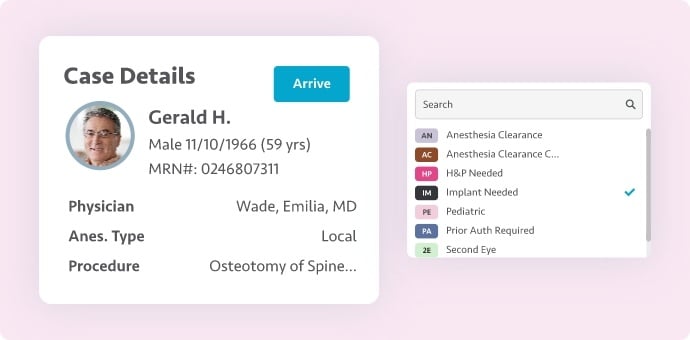
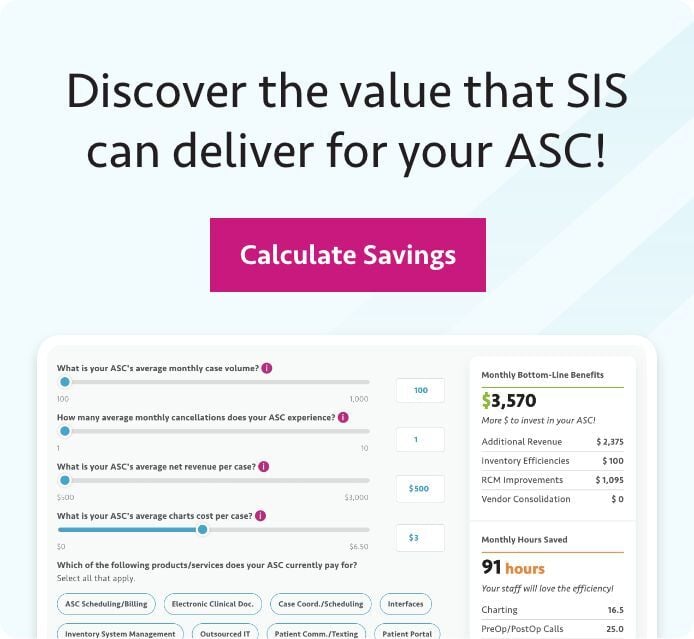


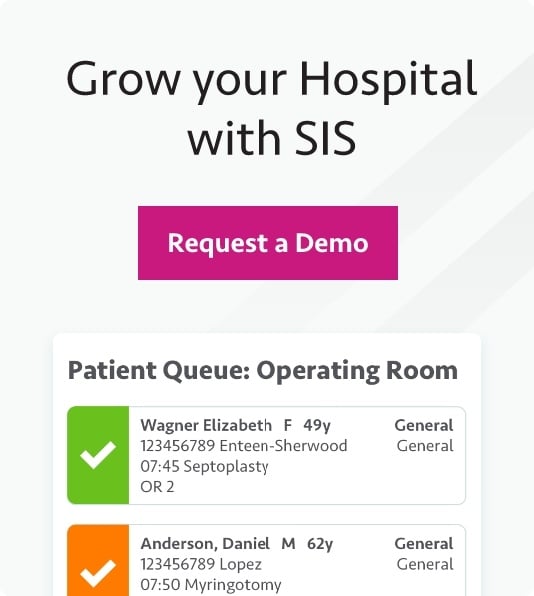






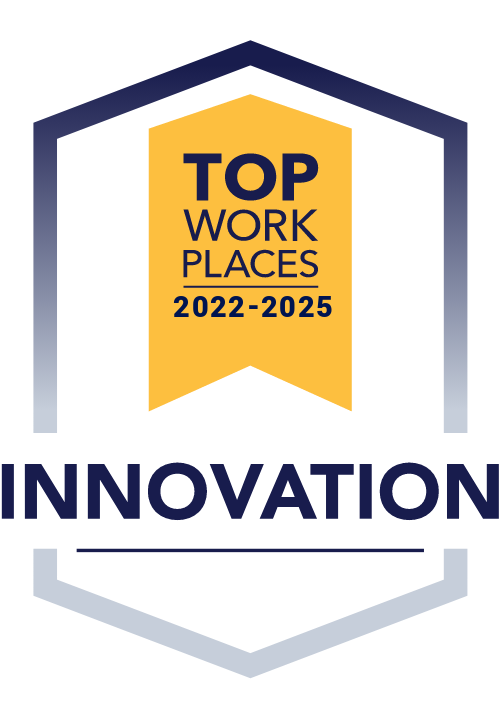


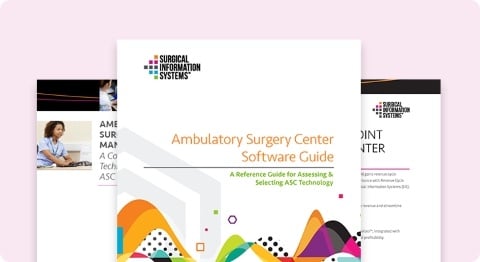
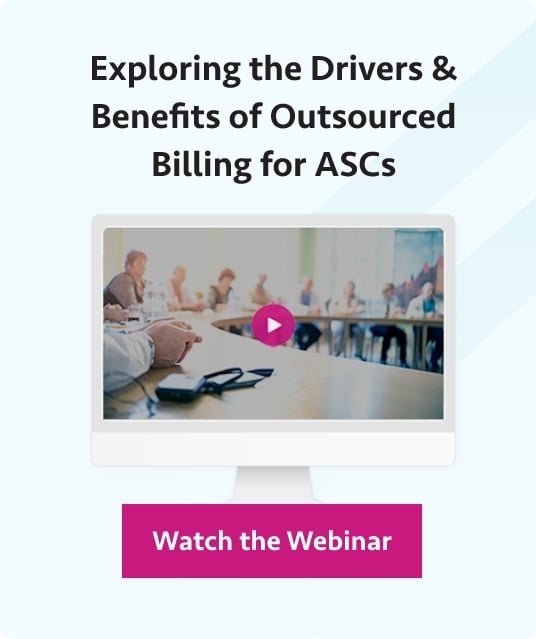




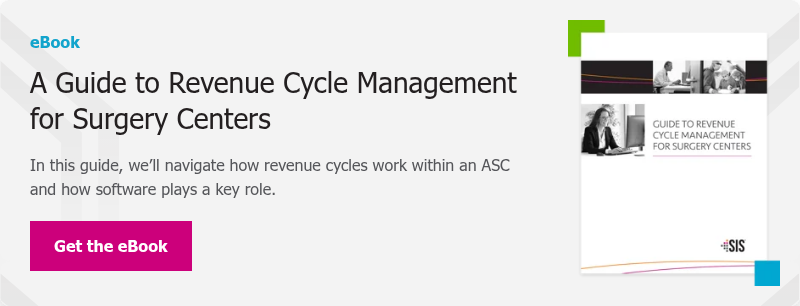


.png?resize&width=300&name=CMS%20Final%20Rule%202026%20-%20Blog%20Image%20(1).png)
